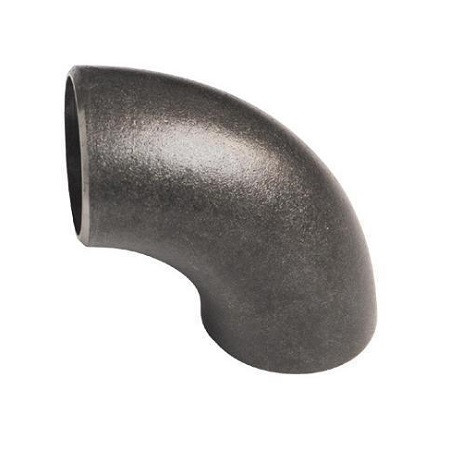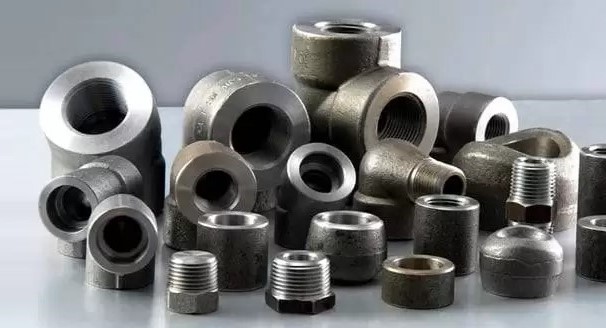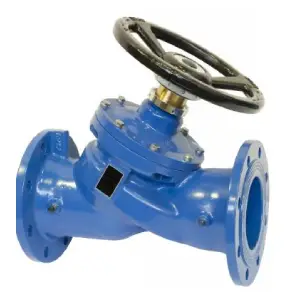Offcanvas top

Elbow Pipe Fittings: Types and Their Applications
Elbow pipe fittings are a necessary component in plumbing and piping systems. They enable pipes to shift direction, resulting in more efficient routing and installation. There are several types of elbow pipe fittings, each intended for a unique application and material. In this blog post, we will look at the most prevalent varieties and how they are used.
Standard Elbows
90-degree elbow
The conventional elbow pipe fitting is a 90-degree elbow. It makes a perpendicular turn in the pipe system. These elbows are commonly utilized in home and commercial plumbing, HVAC systems, and industrial piping applications. They are available in a variety of materials, including copper, PVC, galvanized steel, and stainless steel, to meet diverse piping requirements.
45 Degree Elbows
Another popular style is the 45-degree elbow pipe fitting. It offers a more gradual change in direction, which might be useful in some situations. These connectors are commonly used in compressed air, steam, and hydraulic systems where smooth flow and minimum turbulence are required.
Street Elbows
Street elbows are a variant on the traditional elbow fitting. They are intended to connect pipes of various diameters and materials. One end of the street elbow has a straight, unthreaded socket, while the other is threaded to fit a different pipe size or material. These elbow pipe fittings are extensively used in plumbing and HVAC systems to connect pipes of different sizes or materials.
Long Radius Elbows
Long radius elbow pipe fittings can be used in applications that demand a tighter turn. These fittings have a longer bend radius, lowering flow resistance and turbulence. They are commonly employed in industrial piping systems such as those found in chemical plants, refineries, and power production facilities, where minimizing pressure drop is essential.
Specialty Elbow Pipe Fittings
Eccentric elbows
In addition to the regular types, there are specialist elbow pipe fittings that are intended for specific applications. One example is the eccentric elbow, which has an offset centerline. This design makes installation easier in spaces with limited headroom, such as pipe racks or overhead plumbing systems.
Reducing elbows
Another type of fitting is the reduction elbow, which switches between multiple pipe diameters within the same fitting. These elbow pipe fittings are handy for lowering or expanding pipe size without requiring extra fittings or couplings.
Material Considerations
Elbow pipe fittings come in a variety of materials to suit different uses and situations. Copper, PVC, galvanized steel, stainless steel, and cast iron are among the most commonly used materials. Each material has advantages and disadvantages, such as resistance to corrosion, temperature tolerance, and pressure rating.
Copper and Stainless Steel Fittings
For example, copper and stainless steel elbow pipe fittings are frequently used in potable water systems due to their corrosion resistance and appropriateness for drinking water applications.
PVC fittings
PVC fittings are widely utilized in household and commercial plumbing systems because they are inexpensive and simple to install.
Galvanized steel fittings
Galvanized steel fittings are designed for industrial use and can endure high pressures and temperatures.
When choosing elbow pipe fittings, consider the application, operating circumstances, and compatibility with the piping material to ensure a dependable and long-lasting installation.




